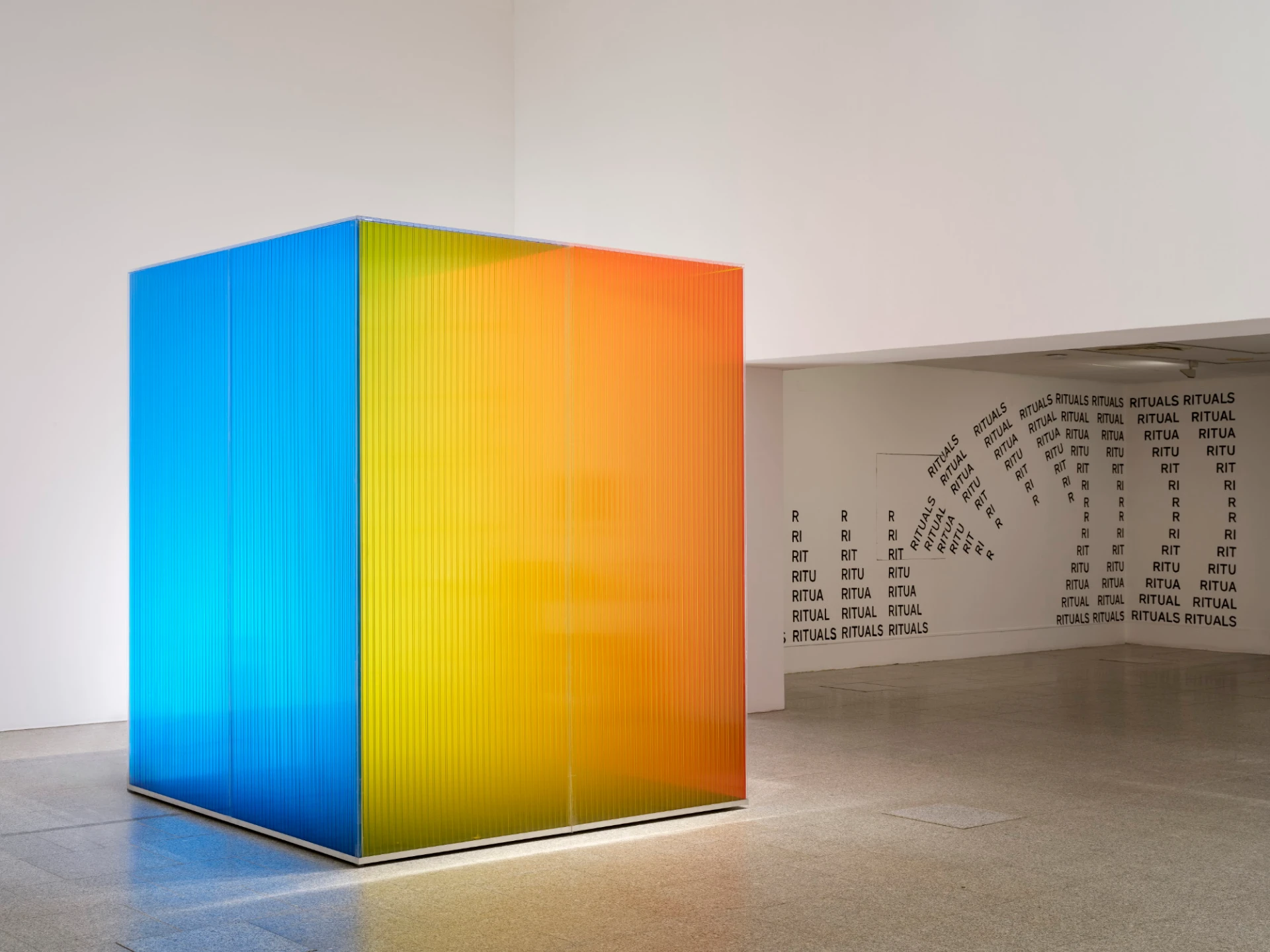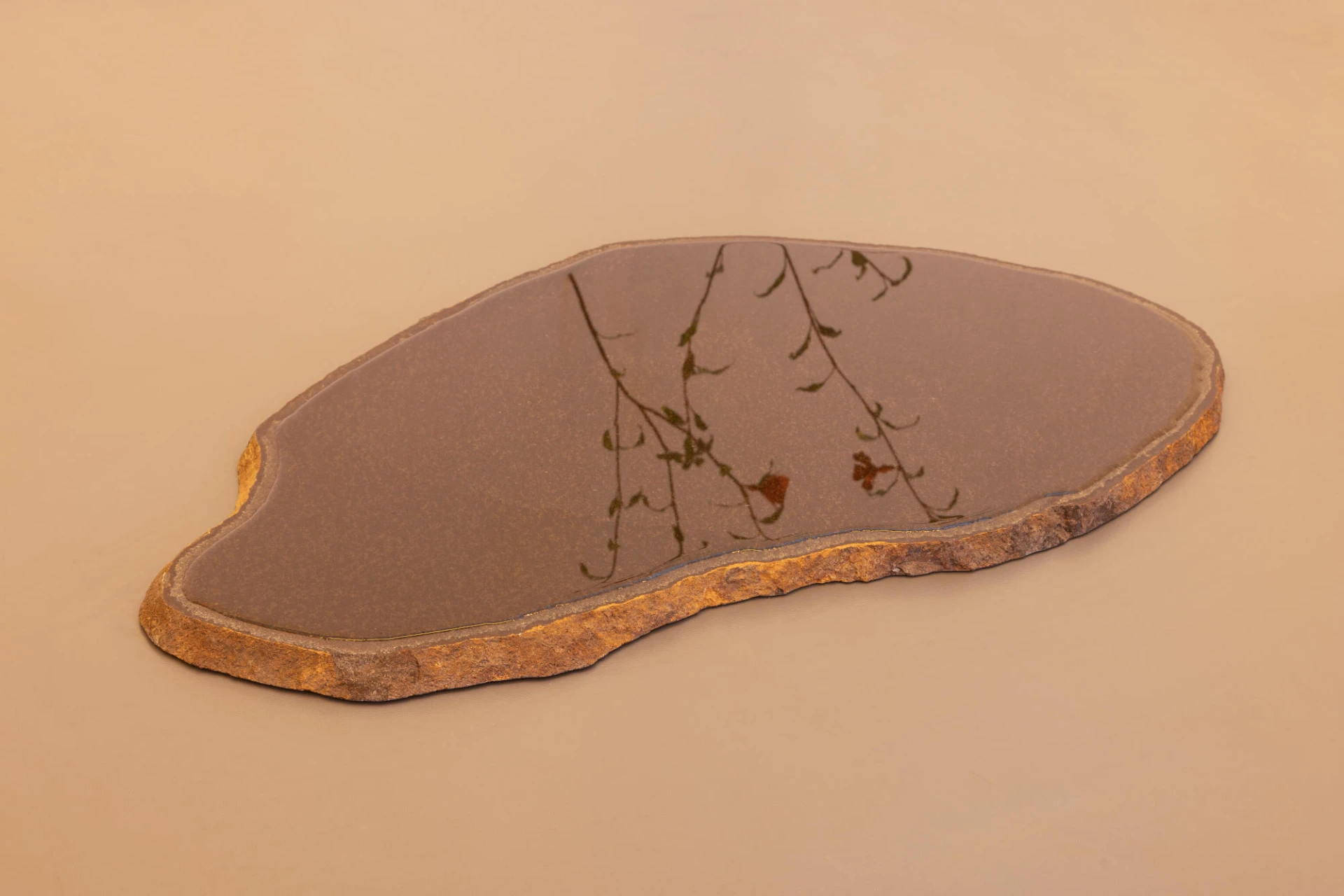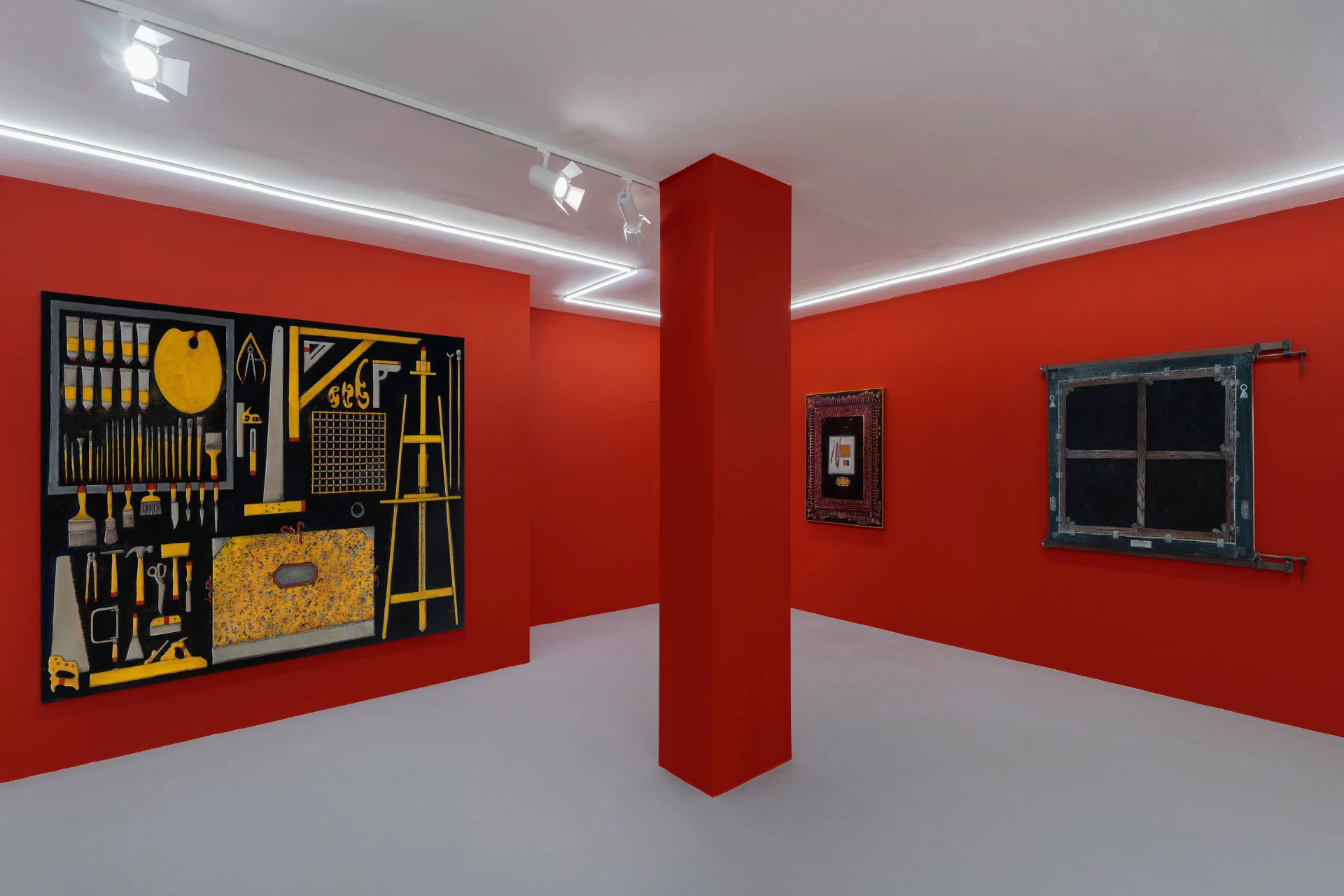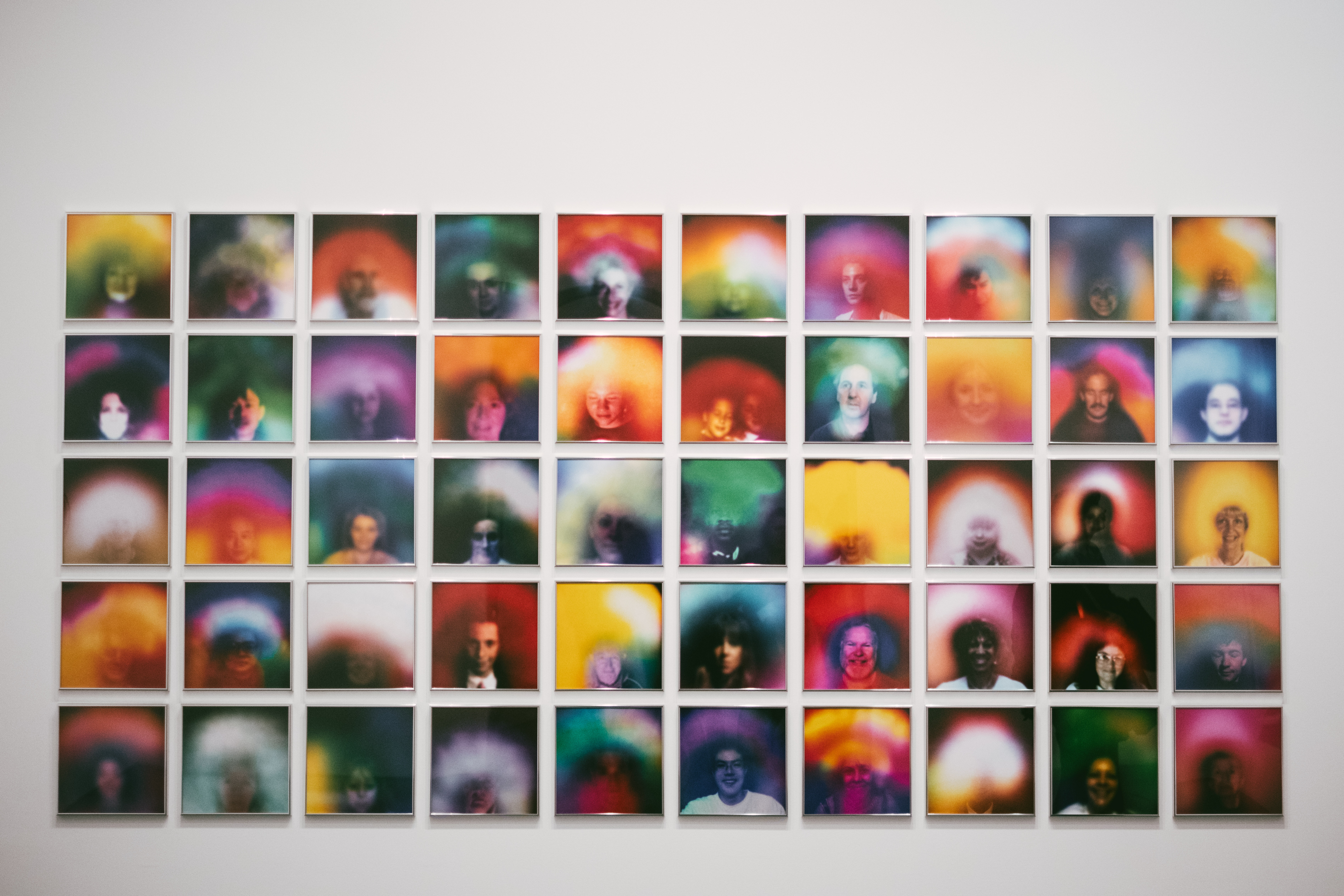article
Experiences of the World, at MAC/CCB
"Experiences of the World" stands as a field open to the multiplicity of perception. Curated by Nuria Enguita, the exhibition, now on display at MAC/CCB, is not structured around a single thesis, but rather gathers heterogeneous artistic practices that converge in their ability to question reality — not by imposing meaning, but through an invitation to destabilise ways of seeing, feeling and perceiving. It is an exhibition that brings together different languages that dialogue, rub against each other and transform.
Objects, my friend, we cannot hurt them because we cannot reach them.[1]
I visited the exhibition accompanied by Enguita, along with a group of people equally interested in listening to her. As I walked through the rooms, it became clear to me that her proposal is not based on a closed narrative or rigid, static and well-defined exhibition schemes. What is constructed in Experiences of the World is rather a space for questioning, for hesitation. An advance and a retreat in a territory where discourses intersect without hierarchies, without the imposition of a single reading. We walk a path of unstable, continuous, unpredictable balance, which puts our perceptions in crisis[2] and reminds us that encounter is always possible — but never definitive.
As we move forward, we find sets of unique poetic microcosms[3], some in constant motion, others transformed, in tension, challenging the gaze through disparate materials and shifting temporalities. It was striking, on this shared journey, how each of those present experienced the exhibition in their own particular way, recalling the plurality of possible sensory and emotional responses, the infinite experiences as living matter.
In a gesture that is both ethical and conscious, Enguita opens up possibilities and affirms art — and the world — as a place of freedom of presence and understanding, taking on a curatorship that avoids closed narratives. It also becomes clear that what she intends is to lead us to reflection, articulating, in some way, historical and contemporary discourses, without falling into rigid thematic schemes. It is an invitation for the world, and the art that reflects the world, to be experienced as a complex flow that fragments and reconstructs itself.
Starting from Mattia Denisse's phrase with which I open this text, and from the logic that a kind of possession is necessary for the deciphering of an artistic object, I think about how Experiences of the World suspends the usual logic of interpretation as domination and of the work as an enigma to be solved. In this curatorial territory, the works, selected from various collections (such as the State Contemporary Art Collection, Ellipse and Teixeira de Freitas), seem to operate as points of intensity — in dialogue, but free — without offering themselves to interpretative domination. They do not present themselves to immediate deciphering or symbolic possession. Instead, they call for a more involved type of relationship, a sensitive listening that accepts the resistance of forms, the opacity of signs, the unpredictability of encounters.
The exhibition proposes a sensitive change of regime; it is not a question of understanding the works in a conclusive gesture, but of inhabiting them in a partial, porous way — with the care reserved for what one does not possess. There is a political gesture, a refusal to instrumentalise art and reduce it to a discourse, to a narrative. By shifting attention from content to the relationship with infinite possible experiences, Enguita allows the museum to become a space of productive friction, where we are not guided by a thesis, but by encounters — between matter and language, between bodies and gestures. Here, each work seems to propose itself as a place to inhabit temporarily — zones of passage, places of crossing, means of inscribing time, which offer themselves to the capture of multiple meanings, where sensitive, perhaps even affective implication replaces the gesture of appropriation with that of presence. There is a recognition of the indeterminacy, plurality and resistance of ways of seeing, feeling and processing, which contributes to the fact that, in this relational field, the world is not represented, but rather the complexity of its possible experiences is manifested. The works are not subordinate to a prior discourse or to a single way of treating the world. They coexist in a regime of resonance that recognises their multiplicity as a condition of contemporary experience.
The words that seem to echo from Horácio Frutuoso printed on the wall and those of Mattia Denisse printed on paper; the unstable balance of Ann Veronica Janssens, which envelops us in colourful atmospheric mists, dissolving physical-sensory boundaries (Blue, Red & Yellow, 2001) and Mauro Cerqueira with his Prédio (2010), made of five wooden shelves resting on wine glasses that remind us of the fragility of resistance; Mona Hatoum's exercise in creation-destruction, with the mechanical gesture that furrows and smoothes sand in a movement that seems eternal to us (+and–, 1994–2004) and Eija-Liisa Ahtila, with The Wind (2022), where papers fly and chairs fall over; the stability about to collapse addressed in the works of Fischli & Weiss and Ernesto Neto (Bloco, 2006); Gabriel Orozco's Ventilators (1997) in dialogue with Fernando Brito's mirrors; William Kentridge's objects that become traces of an action and those of Belén Uriel that extend, transform and mould... together they put tension on matter, expand the field of experience, make us think of it as infinite, mobile, radically free.
We surround ourselves with environments, more or less abstract, that unfold in different languages, we enter boxes that alter our perception, we feel that we cannot sit down, but we should[4], we deal with objects displaced from everyday life, out of scale, unstable or metamorphosed... It is as if we are asked to participate openly — imperfectly, fragmentarily — in reading the works and the world, to feel their instabilities and the power that exists precisely in what escapes us.
Enguita's curatorship, marked by a critical, equitable and community-based practice, proposes, with this set of works that intertwine in a conceptual and sensory fabric, extending through the rooms, corridors, staircases and even spaces of the permanent exhibitions, a cohesive but breathable body that reminds us of the infinite possible ways of living and inhabiting the world.
Twelve national and international artists together challenge and destabilise fixed categories, proposing a critical journey through art and its revealing and poetic capacity, reminding us of the constant — and necessary — transformation in the way we think about the world.
The exhibition can be visited at MAC/CCB until 26 October 2025.
[1] In Raccord, an editorial project by Mattia Denisse that accompanies the exhibition.
[2] Exhibition text.
[3] Exhibition text.
[4] Reference to the text Raccord, by Mattia Denisse, about Mona Hatoum´s work (“Sentia que não podia sentar-se. Sentia que devia sentar-se” - pág. 4).
BIOGRAPHY
Maria Inês Augusto, 34, has a degree in Art History. She worked at the Museum of Contemporary Art (MNAC) in the Educational Services department as a trainee and for 9 years at the Palácio do Correio Velho as an appraiser and cataloguer of works of art and collecting. She took part in the Postgraduate Programme in Art Markets at the Faculty of Social Sciences and Humanities of Universidade Nova de Lisboa as a guest lecturer for several editions and collaborated with BoCA - Bienal de Artes Contemporâneas in 2023. She is currently working on an Art Advisory and curatorial project, collaborating with
Teatro do Vestido in production assistance and has been producing different types of text.
UMBIGOLAB LINKS
ADVERTISING
Previous
article
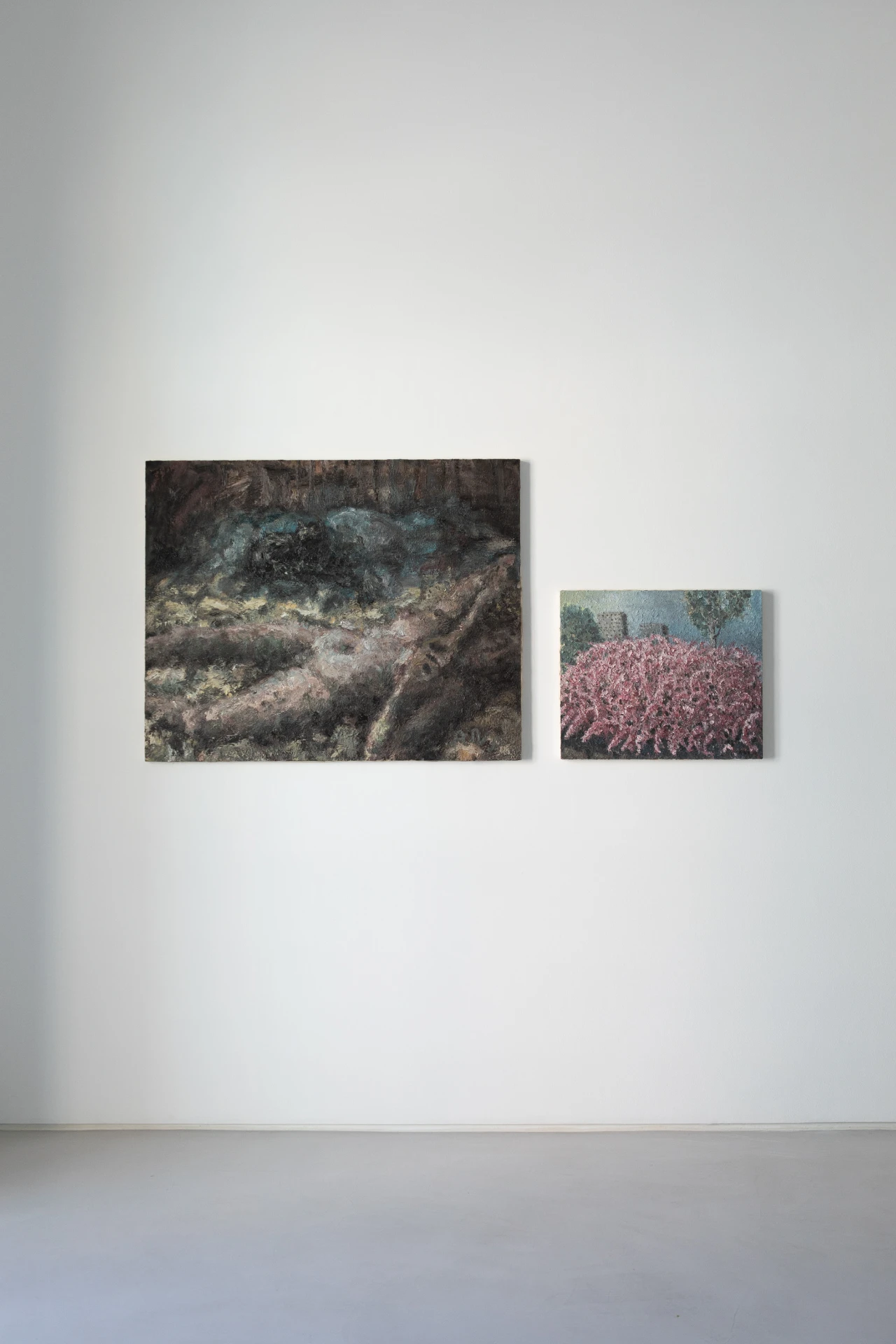
09 Oct 2025
Inherent Vices, at Her Clique gallery
By Laurinda Branquinho
Next
agenda
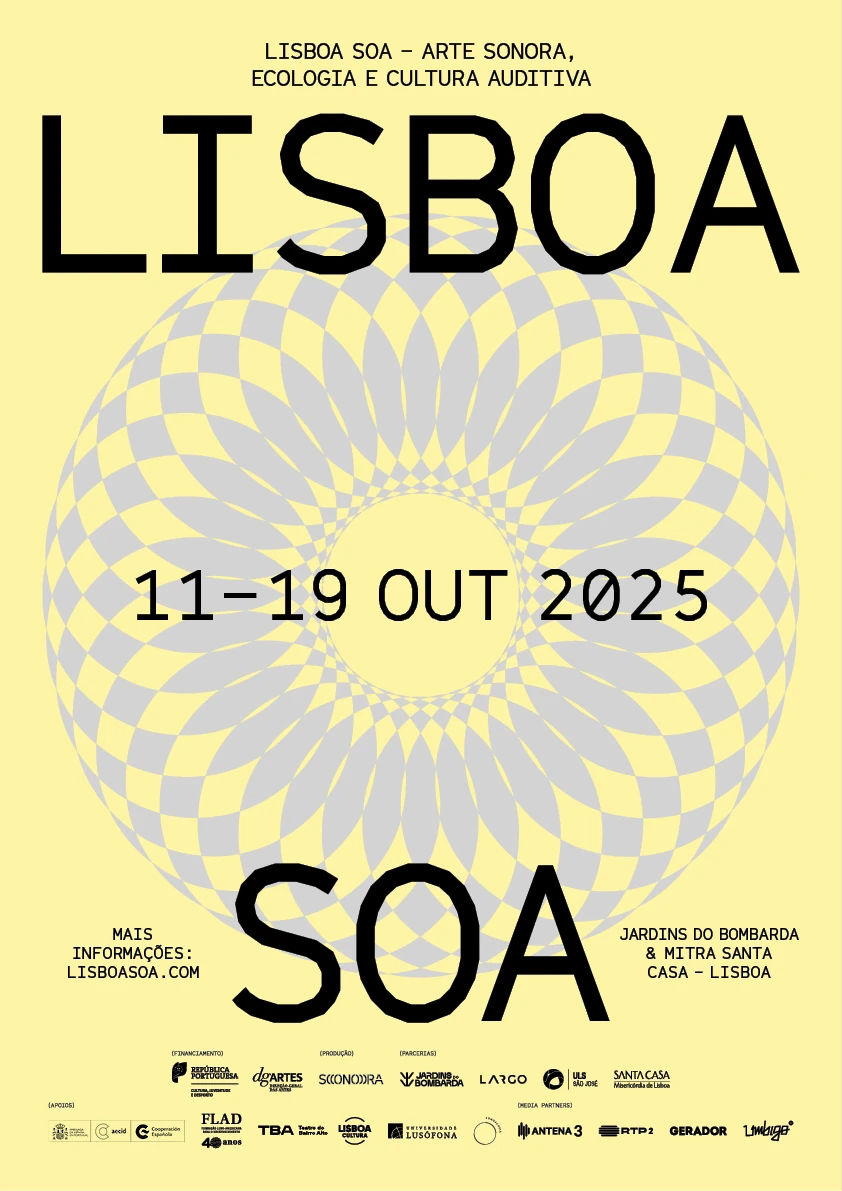
10 Oct 2025
Lisboa Soa 2025 kicks off this Saturday with nine days dedicated to the sound and listening of the city
By Umbigo
Related Posts
